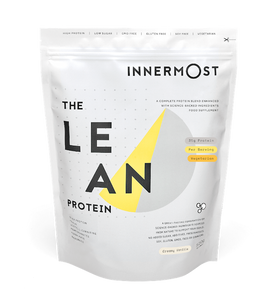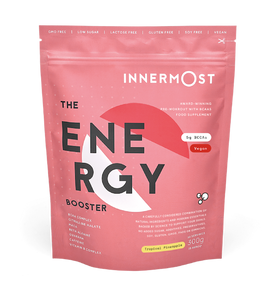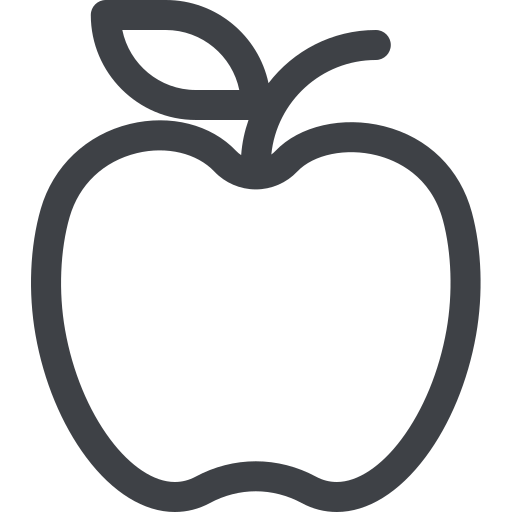With a busy lifestyle it can be pretty hard sometimes to ensure that you’re eating a healthy, balanced diet and getting in all the protein and nutrients that you need to maximise your performance and stay on top of your game.
One of the easiest ways to introduce protein into your on-the-go or busy lifestyle is through protein shakes. And whilst, as we’re sure you know, we’re pretty big fans of protein shakes (to say the least), that’s not the only way you can enjoy and consume your protein powder.
The good news? Your protein can be made into a delicious, nutritious snack. Introducing: the humble protein ball.
What is a protein ball?
If you’ve never had the pleasure of trying a no bake protein ball before, let us introduce you to this goodness.
Commonly made using a base of four super common household ingredients (and The Health Protein, of course), protein balls are a quick, easy and tasty way to create day-to-day snacks that are not only customisable to your taste, but great for your diet, too.
Perfect for everyone (including vegans), protein balls (or vegan protein balls, for that matter) are a cost-effective way to introduce extra nutrients into your diet, wherever you are. It’s not hard to see why they’re so popular.
Here’s how to make protein balls
Before we get into the nitty gritty step-by-step process of making our delicious no bake protein balls, first you need to make sure that you have the correct ingredients to have.
So, to make our favourite protein ball recipes, you will need:
- Oats (rolled would be best)
- The Health Protein
- Nut butter of choice
- Honey or maple syrup (whichever your preference)
The best part about our protein ball recipes is that absolutely no equipment is needed. That’s right. No oven, no food processor and no blender. Just your hands and the above ingredients.
Nice and easy!
Protein ball recipe #1: Chocolate protein balls
Once you’ve collected the above ingredients and mixed these together in a large mixing bowl, to adapt this protein ball recipe into our chocolatey goodness take on the matter, you’re going to need cocoa powder.
If you’re a real chocoholic, and want to really indulge, you can also add Nutella as your nut butter.
- Add the desired quantity of cocoa powder into the mix
- Stir well
- Take small, plum sized portions of the mixture
- Roll into a ball using your palms
- Place onto a tray or plate of choice
- To finish: top with Nutella
Protein ball recipe #2: Peanut butter protein balls
For a super quick, high energy, high protein ball recipe, swap out your nut butter of choice for peanut butter. And lots of it.
As a great source of energy, this healthy fat is not only hugely nutritious, but a great way to kick those cravings to the curb for all the sweet tooth’s amongst us just trying to stay on the straight and narrow when it comes to avoiding too much sugar.
Protein ball recipe #3: Chocolate chip protein balls
If you’re a fan of chocolate, but cocoa powder (and Nutella) is a little bit much for you, we definitely recommend you opt for this toned-down, chocolate chip protein ball recipe. Satisfy your chocolate cravings and smash your protein intake all in one by adding chocolate chips to the mix.
If you really want to mix it up, why not add white chocolate chips instead? Delicious.
Protein ball recipe #4: Cinnamon and raisin protein balls
For those that want something reminiscent of a pretty popular breakfast bagel, we’ve got the perfect combination. Add a sprinkle of cinnamon to your mix and in a handful (or two, depending on your batch size) to your mix, and then… you guessed it, grab and roll!
Summary
All in all, healthy protein balls are a quick and healthy way to get some added nutrients into your diet. Batch roll these on a Sunday morning whilst rocking out to your favourite playlist, pop in the fridge and you’re ready for the week ahead.
Sounds like a no brainer really, doesn’t it?



















